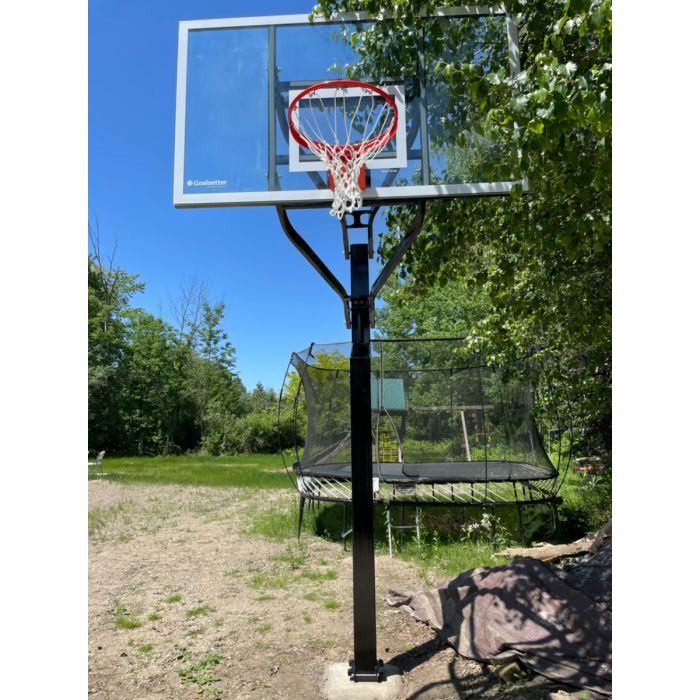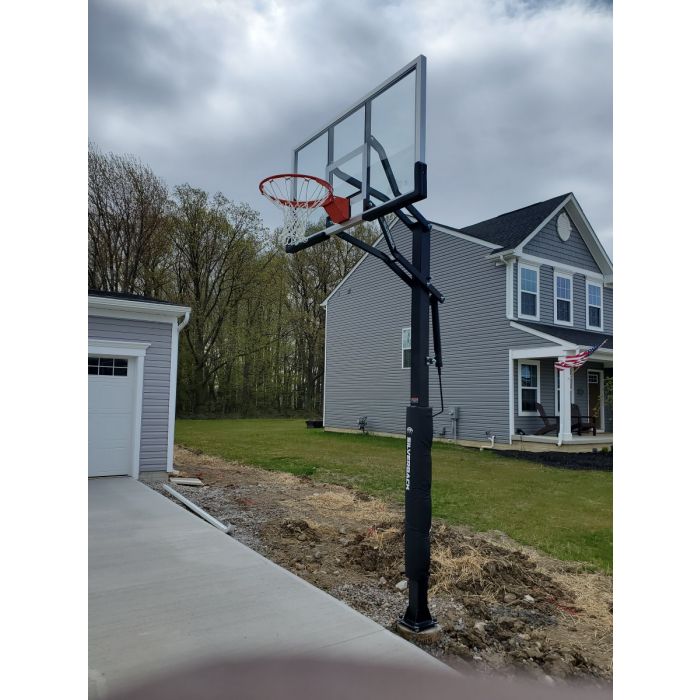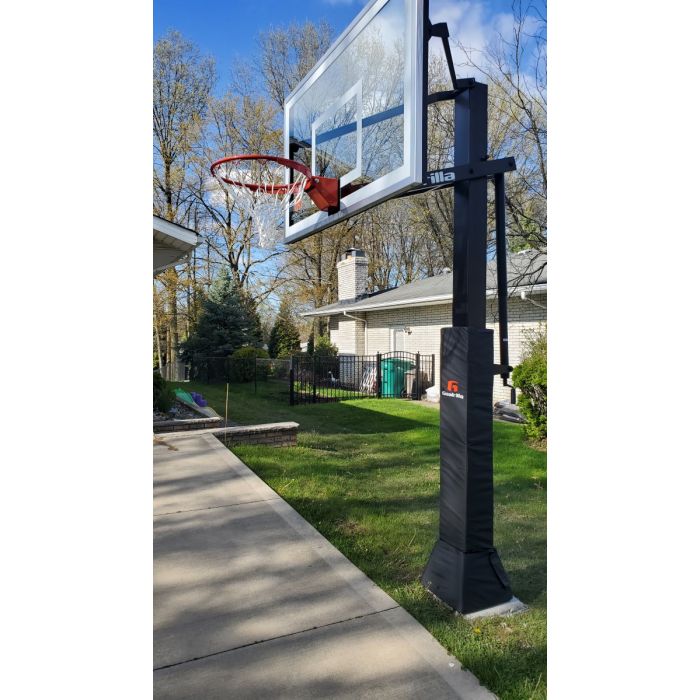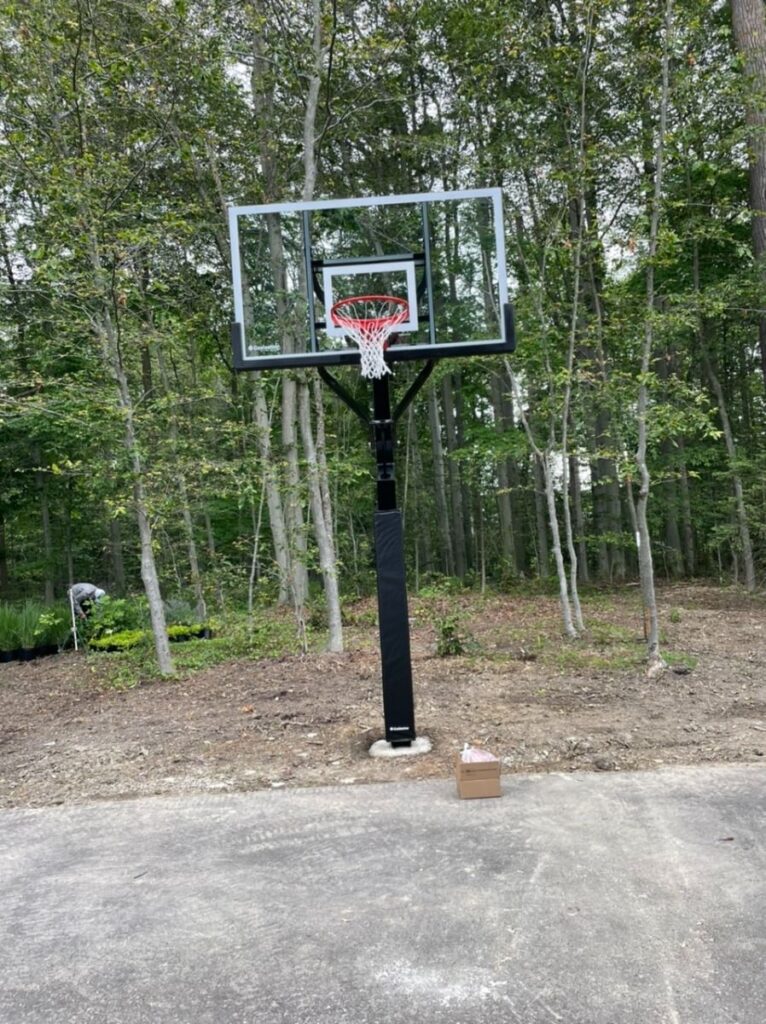What is an Assist in Basketball
Basketball is as much a game of collaboration as it is of competition. Behind every spectacular dunk or clutch shot, there’s often a pass that set it all up. This essential element of teamwork is what we call an assist. So, what is an assist in basketball? It’s one of the sport’s most celebrated statistics — a measure not just of skill, but of unselfishness and vision. In this article, we’ll dive into what defines an assist, how it’s officially recorded, how it influences gameplay and strategy, and how it helps shape team chemistry at every level of the game.

Defining an Assist
In the most basic terms, an assist in basketball is a pass that directly leads to a made field goal. It reflects a player’s ability to find an open teammate and create a scoring opportunity. But not every pass that leads to a basket qualifies.
An assist is only awarded if the scorer makes the shot in one continuous motion after the pass. The pass must clearly contribute to the scoring play. For example, if a player drives the lane, dishes the ball to a teammate under the basket, and that teammate scores immediately, it counts as an assist. However, if the recipient dribbles several times before scoring, or performs a series of moves, the assist may not be awarded.
Official Scoring Criteria
Assist statistics are recorded by official scorers who judge whether a pass “led directly” to a basket. This subjective aspect can vary slightly between games or leagues, especially when determining whether a pass was decisive.
In professional leagues like the NBA, assist recording is generous — allowing for some dribbling and movement as long as the scoring opportunity is clearly created by the pass. In other leagues, criteria might be more conservative.
This subjectivity is part of what makes assists a unique stat: it’s not just about execution, but also about intention and timing.
Assists Across Different Levels of Play
At every level of basketball, from youth leagues to the pros, assists are tracked to evaluate how well players involve their teammates. Here’s how they’re typically approached:
- Youth Basketball: Encouraging assists helps develop team play and decision-making over individual scoring.
- High School Basketball: Coaches often use assist-to-turnover ratio to assess ball handling and passing efficiency.
- College Basketball: Assists are a key metric for point guards and playmakers who orchestrate offenses.
- Professional Basketball: Top assist leaders are often floor generals — players like Chris Paul or Sue Bird who control tempo and elevate team scoring.
No matter the level, the ability to rack up assists is a strong indicator of a player’s court vision, basketball IQ, and unselfish play style.

Assist Types and Playmaking Styles
There are various ways a player can deliver an assist:
- Pick and roll passes to a cutting teammate
- Drive-and-kick plays where the ball handler penetrates the defense and passes to a shooter
- Transition passes that lead to fast-break buckets
- Post-entry feeds to a big who scores in the paint
Each of these requires awareness of spacing, timing, and the ability to read defenses quickly. Great passers see openings before they fully develop and deliver the ball where only their teammate can catch it.
Some players average double-digit assists not because they dominate the ball, but because they consistently make the right reads and put teammates in position to score.

Assist-to-Turnover Ratio
Another valuable stat that goes hand-in-hand with assists is the assist-to-turnover ratio (A/T ratio). This measures how often a player turns the ball over compared to how often they produce an assist.
A higher ratio means a player is making smart, efficient decisions. Coaches use this metric to evaluate guards, as it reflects how well a player balances risk and reward when managing the offense.
For example, a player with 6 assists and 1 turnover in a game has an A/T ratio of 6.0 — excellent by any standard.
Team Chemistry and the Unselfish Playmaker
When asking “what is an assist in basketball,” it’s also important to consider what it represents beyond the box score. Assists symbolize trust. The passer believes in the scorer’s ability, and the scorer relies on the setup. This mutual reliance fosters team chemistry.
Assists are contagious. When one player sets up another for a great shot, it often leads to more unselfish plays. Teams with high assist totals usually boast excellent ball movement, spacing, and communication.
That’s why some of the most memorable basketball teams — from the San Antonio Spurs to the Golden State Warriors — have been known for their assist rates as much as their shooting percentages.

Practicing Assists at Home
Aspiring players looking to improve their assist game need a combination of vision, timing, and reps. One of the best places to build these skills is right at home, whether in the driveway or on a custom half-court setup.
At Kids World Play Systems, we offer durable and adjustable basketball hoops that support skill-building from the ground up. Practicing with a sibling, parent, or friend is a great way to simulate game scenarios and refine passing under pressure.
Whether it’s practicing pick-and-roll passes, no-look dimes, or bounce feeds, a reliable hoop system brings the court home and encourages players to think beyond scoring.
Conclusion
So, what is an assist in basketball? It’s more than just a statistic — it’s the embodiment of teamwork. An assist occurs when a pass directly leads to a made basket, showcasing not only a player’s technical skill but their unselfish mindset and court vision.
From the pros to youth leagues, assists are celebrated for how they connect players and elevate the team. And with a hoop from Kids World Play Systems, players can practice their passing and develop their game in ways that build confidence, communication, and a deeper love for the sport.
